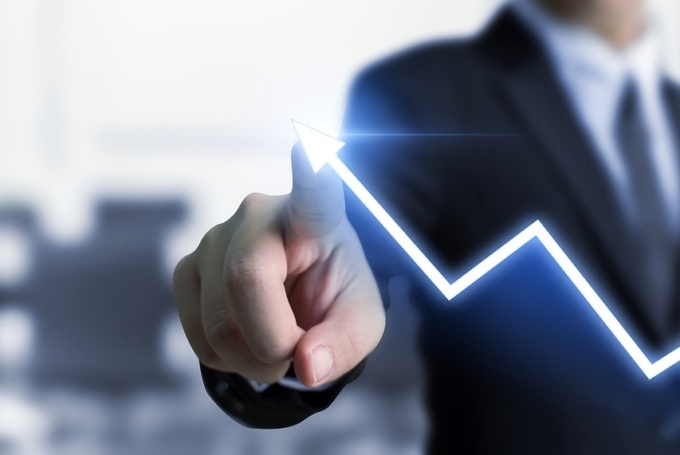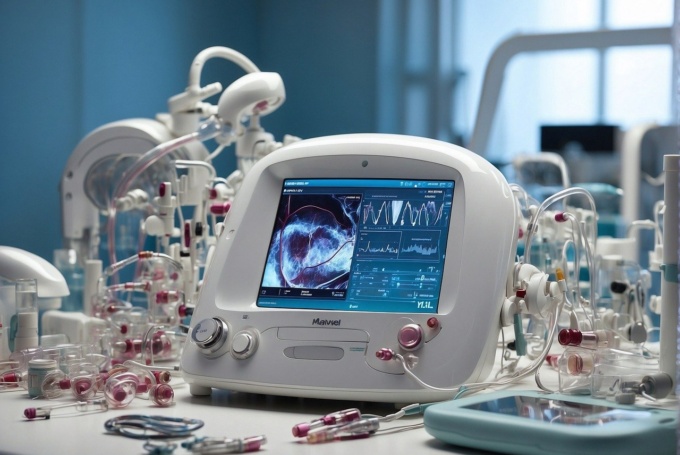Liam is the Co-Founder of Neuronic, a brain health company that develops non-invasive, light-based therapy devices designed to improve cognitive function and overall brain wellness. Neuronic was founded with a singular focus: to keep the brain capacity in all stages of life high. Liam and the team have set themselves the goal to enhance and monitor the most important organ – the brain.
In this interview, medical device consultant Hollie Bevan dives into the company’s unique technology, how the idea was formed, key users and upcoming plans for the team.
Thank you for taking part in my series, Liam. To start, could you tell us all about your product?
Our product is Neuradiant 1070 is a helmet-like device that rests on the head for about 3 to 15 minutes daily. It has 256 LEDs, at a wavelength of light of 1070 nanometres. This light penetrates the skull and reaches the mitochondria, stimulating them to produce more ATP, which is essential for energy in the body and brain. The result is increased cellular energy, reduced inflammation, and improved blood flow, helping the body function at its best. We have found that there are loads of benefits from using the device from increasing blood circulation, supporting the body’s natural defences maintaining a healthy immune system, and having a cognitive function that aims to keep your mind sharp and focused. For practitioners, it has a targeted application for more focused protocols, and custom programs for personalized care and is user-friendly. Currently, we are a wellness device but will be submitting for FDA for it to be used in clinical applications such as Alzheimer’s.
Where did the idea for this product stem from?
The idea for this product came to me years ago when I was in college. I stumbled upon a video on Facebook about a man with Parkinson’s disease who had hit a wall with his medication and was seeking alternative treatments. He came across research from Australia, where photo-biomodulation had been tested on rats. When his local clinic told him it would be years before such therapies were available, he took matters into his own hands, creating a makeshift device using a bucket, a strip of infrared lights, and some ingenuity. Amazingly, 9 out of his 10 symptoms improved, and he even started playing the piano again. This story struck me as incredible, so I dove into the research myself through Google Scholar and discovered there was real scientific evidence behind it. NASA had even used similar technology for accelerated wound healing back in the 1970s. Around the same time, my aunt was diagnosed with cancer and suffered from severe memory loss, to the point where she couldn’t recognize loved ones. That reinforced my belief that I should be dedicating my efforts to this field. I sent the same video to my Co-founder, Marvin and he had the exact same idea.
How did your idea become reality and what’s your goal now?
I realized we could develop a product based on the growing body of research, build a team, and scale it to make it more affordable and accessible. Our goal is to eventually secure FDA approval for certain conditions, which could allow us to work with insurance providers so that people can access the device through their health plans. This would remove the financial burden for users, making it accessible to all. Luckily, we’ve built an incredible team of 22 people, each bringing their own expertise to the table. We wouldn’t be where we are today without them, and I’m grateful for everyone’s contribution to making this vision a reality.
What are your key users?
Our key users include both individual end users and clinicians, who interact with our product in different ways. Many individuals visit our website to purchase the product for personal use, either for themselves or a family member. Clinicians often purchase multiple devices for use in their practice – they may use the devices directly with patients in a clinical setting or rent them out locally, allowing people to access the product on a rental basis. Many users conduct their own research and realize that our device could help them based on the scientific evidence. As a result, they choose our product for a range of conditions, including Parkinson’s, Alzheimer’s, brain fog, sleep disorders, ADHD, trauma, and so much more. We’ve also seen significant success with children on the autism spectrum, particularly when used alongside other therapies like hyperbaric oxygen chambers, or TMS.
Are there any other companies doing this, and how does your stand out?
One of the primary companies we’re often compared to has been around for about 14 years, and they’ve conducted significant research. However, they haven’t focused as much on the commercial side of things or pushing their product to a broader market. I think our entry into the space has helped change that dynamic. I think this competition benefits the entire industry by raising awareness. There are certainly other companies working in this field, but I’d say we’re in the top three for photo-biomodulation.
Where are you seeing the highest uptake of your product right now?
We’re seeing the highest uptake of the product in cases where users experience more significant brain deficiencies. The more pronounced the deficit, the more noticeable and impactful the results tend to be. For instance, while someone using the product to optimize sleep might observe subtle improvements, such as a slight increase in their HRV or sleep score, those with greater neurological challenges tend to see more dramatic benefits. Clinicians also play a key role in driving uptake. Many start using the product in their practice and, after seeing positive results, recommend it to colleagues and patients. Similarly, end users who experience significant improvements—whether for themselves or a loved one—often become advocates, helping spread awareness of the product’s effectiveness.
Have you noticed any market trends in brain health or your specific technology?
Over the past five years, there’s been a huge increase in publications related to our field, particularly in PubMed, with the last few years setting records for research on photo-biomodulation. Initially, this technology was applied to areas like cancer treatment and pain management, but recent trends have shifted towards brain health, which is our primary focus. There’s also growing research on how photo-biomodulation affects blood sugar levels, which could have implications for conditions like Alzheimer’s and Type 3 Diabetes. This therapy may help lower blood sugar, which could be a significant development. It’s also been shown to accelerate the brain’s waste removal system during sleep, helping detoxify the brain more efficiently.
What’s next for Neuronic?
In just four years, we’ve experienced rapid growth. My co-founder and I have worked on this tirelessly from the beginning, taking little time off because we’re passionate about getting this technology to the people who need it. We still have a long way to go, though. Millions of people worldwide suffer from neurological conditions, and we want to make sure they’re aware of alternative therapies and lifestyle changes that can impact brain health. This isn’t just about mental health; it’s about brain health, which is as important as physical health. Our current device has been on the market for about two and a half years, and as we enter our third year, we’re focusing on product development from two key angles. We’ve invested in research at a university in Silicon Valley, which will help us to generate products for years down the line. With our current device, we’ve established an optimal dosage range, by analysing brain maps, & we can recommend ideal intensity levels for users. The next step in our development is creating a system that simultaneously reads brain activity while delivering the therapy, allowing us to further fine-tune and personalize treatment for even better results. We’re looking at next year for the release of a potentially new device!
Are you a MedTech company looking for talent? Submit your vacancy here. Or, take a look at our medical device industry page here.




